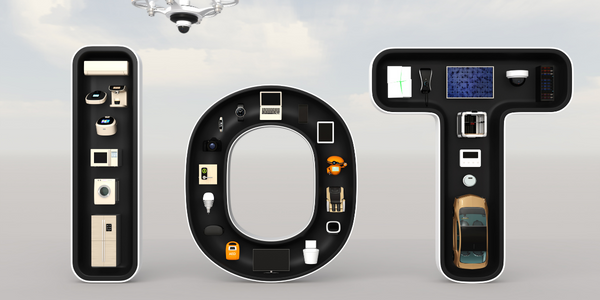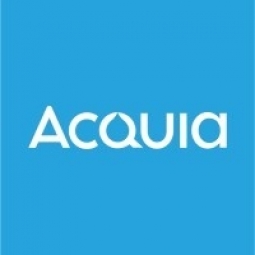Technology Category
- Application Infrastructure & Middleware - Event-Driven Application
- Functional Applications - Enterprise Asset Management Systems (EAM)
Applicable Industries
- Equipment & Machinery
- National Security & Defense
Applicable Functions
- Logistics & Transportation
- Sales & Marketing
Use Cases
- Asset Health Management (AHM)
- Last Mile Delivery
Services
- System Integration
About The Customer
Life Fitness is a global leader in helping people lead active and healthy lives. The company's family of brands includes Life Fitness, Hammer Strength, Cybex, ICG, and SCIFIT, and they distribute their equipment across more than 120 countries. Despite a large corporate footprint, they have a small, four-person creative team that produces, manages, and distributes content to support and promote all of their brands. The company's product launches require a lot of new content, and they need to distribute this product content to global teams as soon as the manufacturing is complete.
The Challenge
Life Fitness, a global leader in fitness equipment, faced a significant challenge in distributing product content to global teams promptly after manufacturing. Despite having a large corporate footprint, the company had a small creative team responsible for producing, managing, and distributing content to support and promote all their brands. The team had to ensure that the content was available to support their network of distributors and sales staff as soon as the products were ready to ship. The challenge was further compounded by the need to maintain brand consistency and control over content releases.
The Solution
Life Fitness has been an Acquia DAM customer for over a decade, using the system as their central repository for marketing content. To meet the need for quick and easy distribution of product content across both internal and external stakeholders, they relied on the system’s Portals application. The creative team used Acquia DAM to streamline how content was managed and shared across their organization. All content was stored in one location, making it easy for marketing and sales teams to access and find the assets they needed. External stakeholders, including clients and distributors, had self-serve access to product imagery through Portals. The system also had asset security features that allowed the creative team to control content releases. As each piece of content was created and finalized, it was loaded into the DAM system as 'unreleased', ensuring that only a few users with permission could access the files until they were ready to launch.
Operational Impact
Quantitative Benefit

Case Study missing?
Start adding your own!
Register with your work email and create a new case study profile for your business.
Related Case Studies.

Case Study
Smart Water Filtration Systems
Before working with Ayla Networks, Ozner was already using cloud connectivity to identify and solve water-filtration system malfunctions as well as to monitor filter cartridges for replacements.But, in June 2015, Ozner executives talked with Ayla about how the company might further improve its water systems with IoT technology. They liked what they heard from Ayla, but the executives needed to be sure that Ayla’s Agile IoT Platform provided the security and reliability Ozner required.

Case Study
IoT enabled Fleet Management with MindSphere
In view of growing competition, Gämmerler had a strong need to remain competitive via process optimization, reliability and gentle handling of printed products, even at highest press speeds. In addition, a digitalization initiative also included developing a key differentiation via data-driven services offers.

Case Study
Predictive Maintenance for Industrial Chillers
For global leaders in the industrial chiller manufacturing, reliability of the entire production process is of the utmost importance. Chillers are refrigeration systems that produce ice water to provide cooling for a process or industrial application. One of those leaders sought a way to respond to asset performance issues, even before they occur. The intelligence to guarantee maximum reliability of cooling devices is embedded (pre-alarming). A pre-alarming phase means that the cooling device still works, but symptoms may appear, telling manufacturers that a failure is likely to occur in the near future. Chillers who are not internet connected at that moment, provide little insight in this pre-alarming phase.

Case Study
Premium Appliance Producer Innovates with Internet of Everything
Sub-Zero faced the largest product launch in the company’s history:It wanted to launch 60 new products as scheduled while simultaneously opening a new “greenfield” production facility, yet still adhering to stringent quality requirements and manage issues from new supply-chain partners. A the same time, it wanted to increase staff productivity time and collaboration while reducing travel and costs.

Case Study
Integration of PLC with IoT for Bosch Rexroth
The application arises from the need to monitor and anticipate the problems of one or more machines managed by a PLC. These problems, often resulting from the accumulation over time of small discrepancies, require, when they occur, ex post technical operations maintenance.

Case Study
Data Gathering Solution for Joy Global
Joy Global's existing business processes required customers to work through an unstable legacy system to collect mass volumes of data. With inadequate processes and tools, field level analytics were not sufficient to properly inform business decisions.







